All Stories
-
 Brain
BrainConcussion patients should avoid screen time for first two days
Teens may find it hard to avoid screen time, but data from a new study suggest it can speed their recovery.
-

-
 Space
SpaceLet’s learn about auroras
A gust of charged particles from the sun called the solar wind lights up auroras on Earth — and on other planets.
-
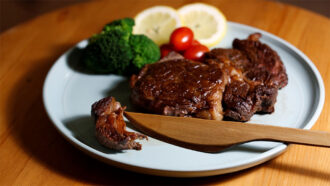 Materials Science
Materials ScienceAnalyze This: Hardened wood can make sharp steak knives
Researchers treated wood to make it hard and dense. Out of it, they carved sharp knives and nails that could substitute for ones made of steel.
-
 Physics
PhysicsScientists Say: Convection
Convection is a process that transfers heat through the movement of liquid or gas.
-
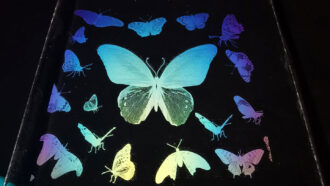 Materials Science
Materials ScienceThese colorful butterflies were printed with transparent ink
Clear ink creates a whole rainbow of colors when printed in precise, microscopic patterns. This phenomenon is known as structural color.
-
 Psychology
PsychologyA growing share of teens feels lonely at school
Data from kids in 37 nations links this to use of cell phones and the internet.
-
 Psychology
PsychologyPsychology shines light on the harm racism can do
All forms of racism are harmful. Research sheds new light on the biases behind racism and the many ways it can affect our mental health.
-
 Health & Medicine
Health & MedicineWhat to know as Pfizer’s COVID-19 vaccine rolls out for kids under 12
After a trial in which no unusual side effects were reported, and approval by the FDA and CDC, kids ages 5 to 11 will be able to receive the COVID-19 vaccine.
-
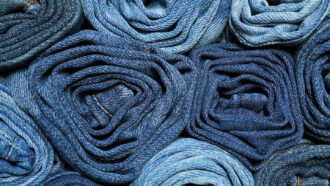 Tech
TechScientists find a ‘greener’ way to make jeans blue
When coated onto jeans, a plant-based polymer reduces water and cuts the amount of toxic chemicals needed.
By Shi En Kim -
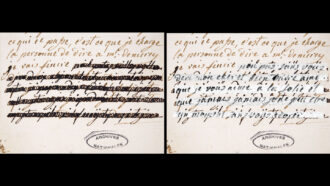 Chemistry
ChemistryChemistry solves a French royal mystery
Ink analysis reveals the hidden words of Marie Antoinette's letters and who tried to hide them.
-
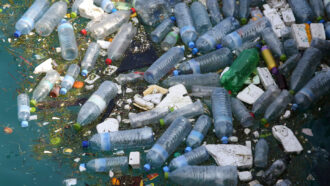 Environment
EnvironmentEveryday plastics can pollute, leaching thousands of chemicals
Plastic bags and containers leach potentially toxic chemicals into both food and water, but researchers yet don’t know how they might affect health.